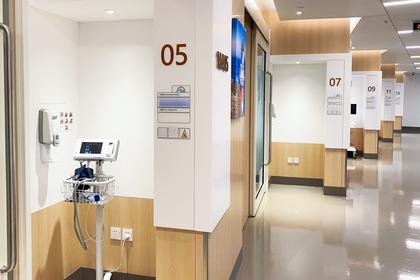Search
Skin Care-Avoid trauma/injury to reduce infection risk
• Keep extremity clean and dry
• Apply moisturizer daily to prevent chapping/chafing of skin
• Attention to nail care; do not cut cuticles
• Protect exposed skin with sunscreen and insect repellent
• Use care with razors to avoid nicks and skin irritation
• If possible, avoid punctures such as injections and blood draws
• Wear gloves while doing activities that may cause skin injury (e.g. washing dishes, gardening, working with tools, using chemicals such as detergent)
• If scratches/punctures to skin occur, wash with soap and water, apply antibiotics, and observe for signs of infection (i.e. redness)
• If a rash, itching, redness, pain, increased skin temperature, increased swelling, fever or flu-like symptoms occur, contact your physician immediately for early treatment of possible infection
Activity/Lifestyle
• Gradually build up the duration and intensity of any activity or exercise
• Take frequent rest periods during activity to allow for limb recovery
• Monitor the extremity during and after activity for any change in size, shape, tissue, texture, soreness, heaviness or firmness
• Maintain optimal weight. Obesity is known to be a major lymphedema risk factor
Avoid Limb Constriction
• If possible, avoid having blood pressure taken on the at-risk extremity, especially repetitive pumping
• Wear non-constrictive jewelry and clothing
• Avoid carrying a heavy bag or purse over the at risk or lymph edematous extremity
Compression Garments
• Should be well-fitting
• Support the at-risk limb with a compression garment for strenuous activity (i.e. weight, lifting, prolonged standing, and running) except in patients with open wounds or with poor circulation in the at-risk limb
• Patients with lymphedema should consider wearing a well-fitting compression garment for air travel. The NLN cannot specifically recommend compression garments for prophylaxis in at-risk patients
Extremes of Temperature
• Individuals should use common sense and proceed cautiously when using heat therapy. Observe if there is swelling in the at-risk limb or increased swelling in the lymph edematous limb and cease use of heat such as a hot tub or sauna
• Avoid exposure to extreme cold, which can be associated with rebound swelling, or chapping of skin
• Avoid prolonged (greater than 15 minutes) exposure to heat, particularly hot tubs and saunas
Click the link for more information on Jiahui International Cancer Center Clinical Service










